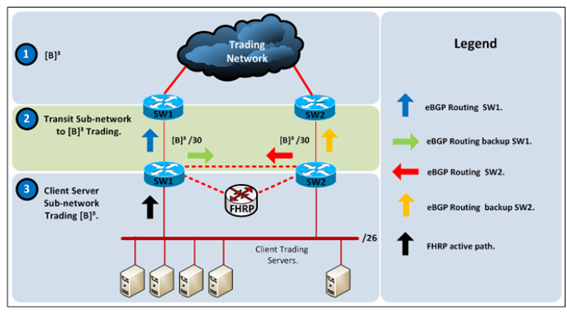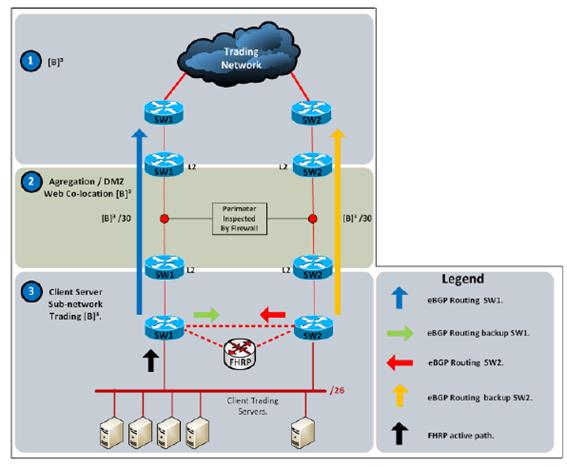B3’s data center is located at Santana do Parnaíba, São Paulo and offers a state-of-the-art facility to B3 contractors, in addition to ultra-low latency connectivity to the PUMA electronic trading platform, both for order entry and Market Data.
The address of the data center is R. Ricardo Prudente de Aquino, 85 - Santana de Parnaíba/SP, CEP 06543-004.

